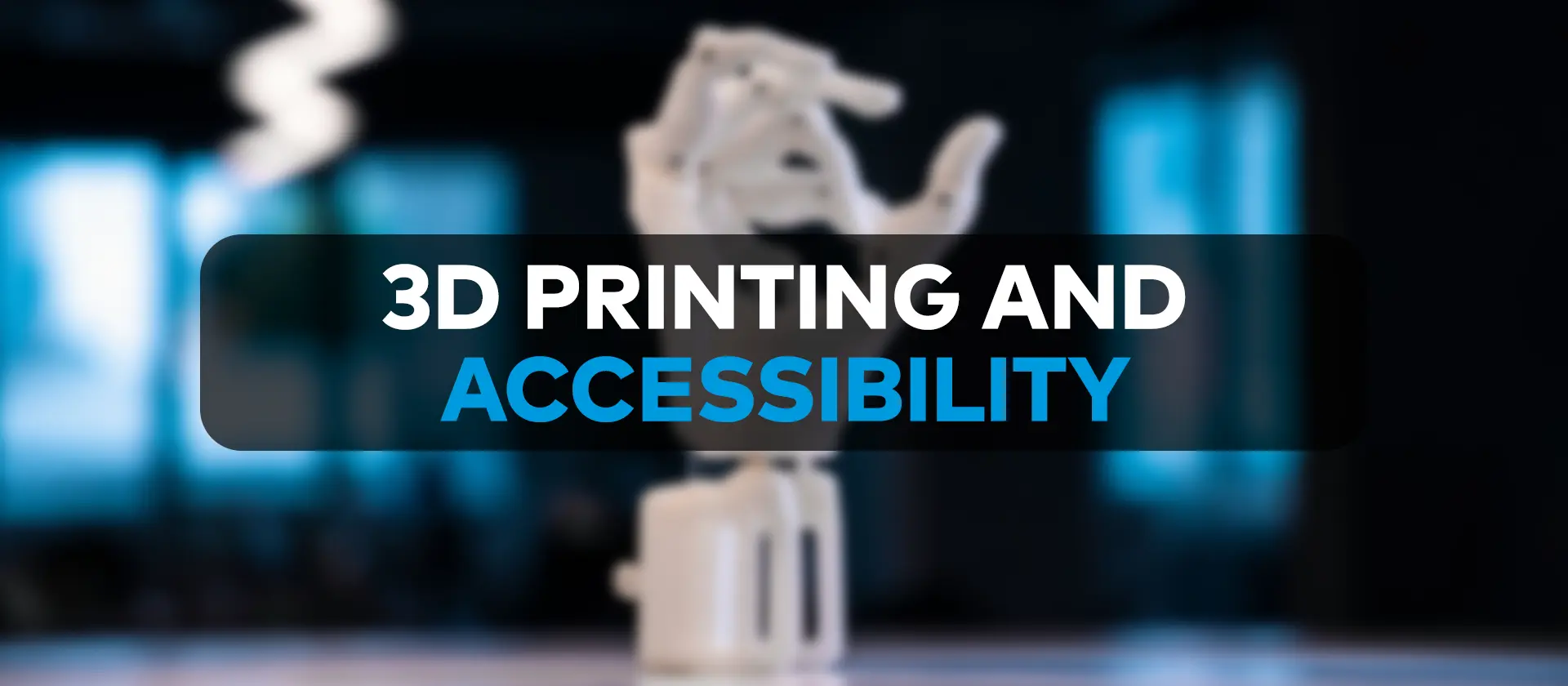
3D Printing and Accessibility: How AM Can Help with Disabilities
3D printing makes our lives easier in a number of ways. But when we think of how additive manufacturing provides convenience in our lives, we often think about things like more flexible production in a professional environment or DIY tools for home use. Beyond that, 3D printing has the potential to improve accessibility and help people in more critical ways by making life easier for individuals with disabilities.
People with disabilities often have to get over so many hurdles to get on with their daily lives. Every person’s condition is different, which means they have specific needs and requirements so they can live as independently as possible without depending on other people’s help regularly. 3D printing is known for promoting autonomy in different industries and home lives, but how much can it help people with disabilities achieve a level of independence and make life easier for them?
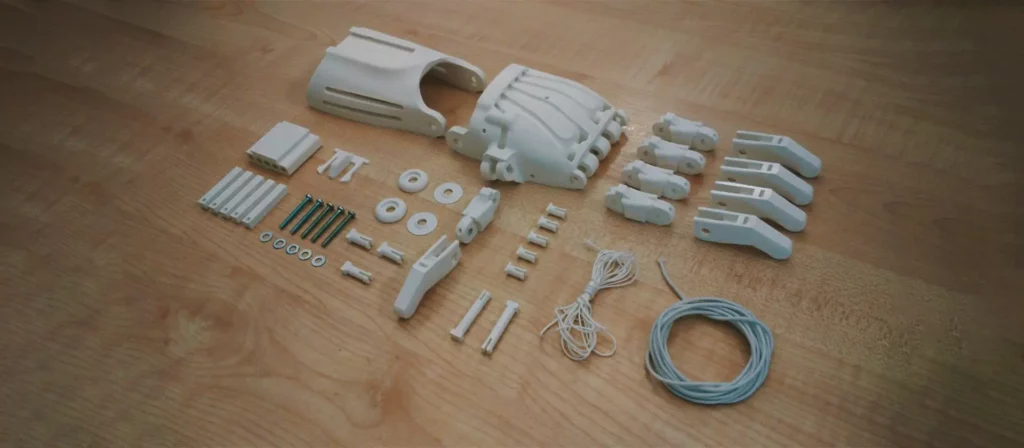
Affordable Custom Prosthetics
Prosthetic limbs and body parts are often extremely expensive. A prosthetic arm for an amputee person who lost most of their arm might cost as much as $100,000 and this price tag is not affordable for a good chunk of the world population. The prices get affected by a number of factors that cause them to be so outrageously high.
First of all, most prosthetics are custom pieces, which means they are usually not fit for mass production. Each prosthetic is made specifically for its owners and this level of detail usually requires the services of a craftsman which drives the prices up. Prosthetics are also very susceptible to wear and tear as they are used for thousands and thousands of hours by their owner. That’s why they are mostly made using high-quality, fatigue-resistant materials which drives the costs up. They also need to be replaced occasionally. As we said, wear and tear is a real issue with prosthetics. This means no matter how high the quality of the material it was made from is, you will eventually have to replace them in a couple of years.
3D printing has the potential to eliminate these issues completely and make the prices of these prosthetics much more affordable for the masses. Customization of prosthetic limbs is easy with 3D printing. All you need is CAD software and someone who has knowledge of the software to customize your prosthetics CAD software and someone who has knowledge of the software to customize your prosthetics to your heart’s content. Any minor changes, revisions, and experiments can be made in a short span of time.
Users will also have a wide array of filaments to choose from according to their needs. There are extremely durable filaments on the market that will prolong the service life of prosthetics or flexible ones that come with the benefit of elasticity.
To learn more about durable filaments, read: The Strongest 3D Printer Filaments on the Market
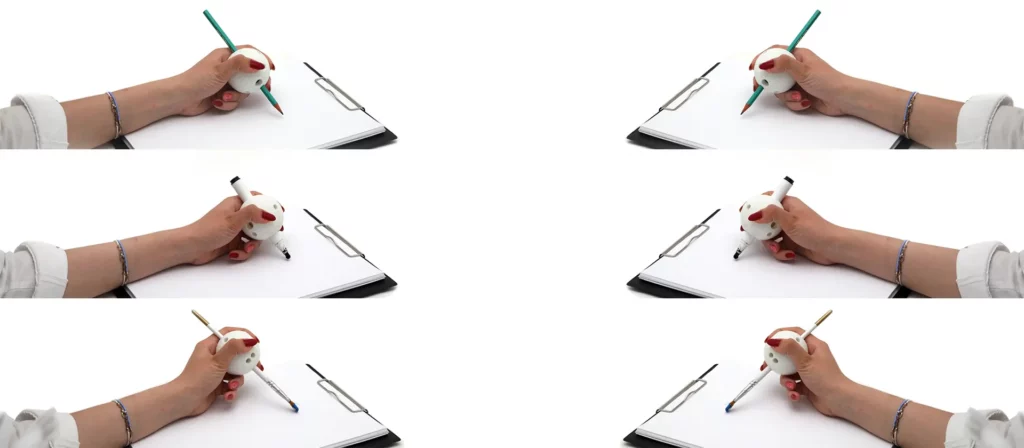
Quality of Life Prints
In the right hands, there is no limit to how much a 3D printer can help the disabled beyond things like prosthetics. By providing some creative and unique print, 3D printers can make life exponentially easier for handicapped people. With various accessories that they print, like a mug holder, a can opener, or other prints that make holding and using objects easier, countless lives can be improved.
3D printing also can help with the education of the visually impaired as teachers can use these devices to print physical 3D representations for their classes to improve education by allowing the student to touch and feel 3D models. Additive manufacturing is already in use in education and implementing it more can help improve the quality of education for special needs classes.
Accessibility Print Ideas
Now that we have the theory down, we can talk about the practical implementations. As the disability will depend on the person, the ideas we give will vary. But most of them will be designed to make life easier for people with limited motor capabilities. We often overlook small details and rightfully focus on things like prosthetics and mobility when helping handicapped people, but these little things have the potential to improve lives to a considerable degree.
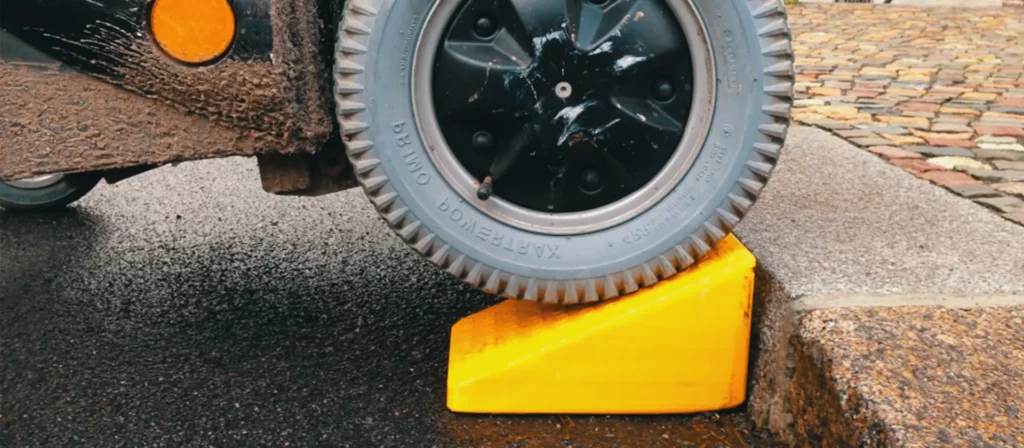
1. Mobility Scooter Ramp
For people who depend on a wheelchair or mobility scooter to get around the city, small, custom-made ramps can make traveling a lot easier. When we walk around the city, we rarely have problems getting up and down the sidewalks. But for people who are bound to a wheelchair, getting on these sidewalks can be a real nightmare if a ramp is not provided. With these 3D-printed ramps, people with disabilities can travel around the city without having to look for easier access points.
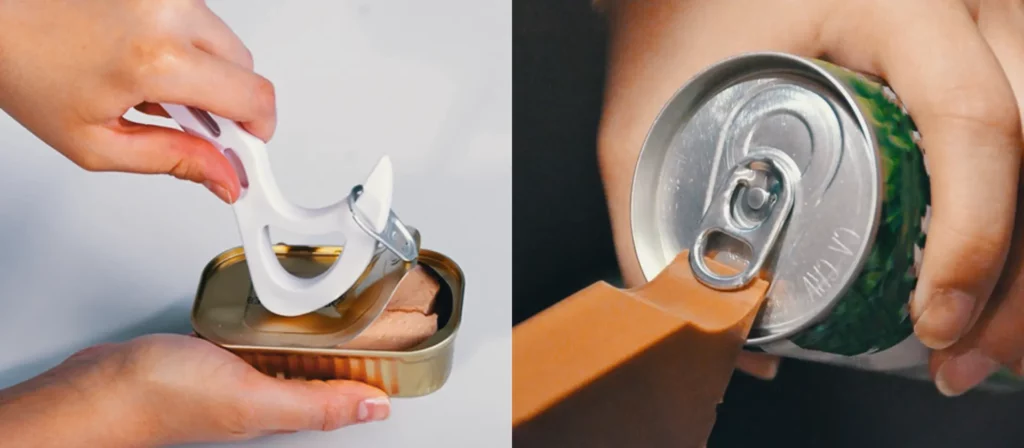
2. Can Opener
Opening cans often be a hard task for even able-bodied individuals. The situation is a lot worse for people who have limited use of their arms and hands. Getting a grip on the pull tab just to open cans is virtually impossible for people who don’t have the motor capabilities and/or the strength. A 3D-printed can opener can make getting a grip on the tab exponentially easier and eliminate the need for another person’s help for disabled individuals.
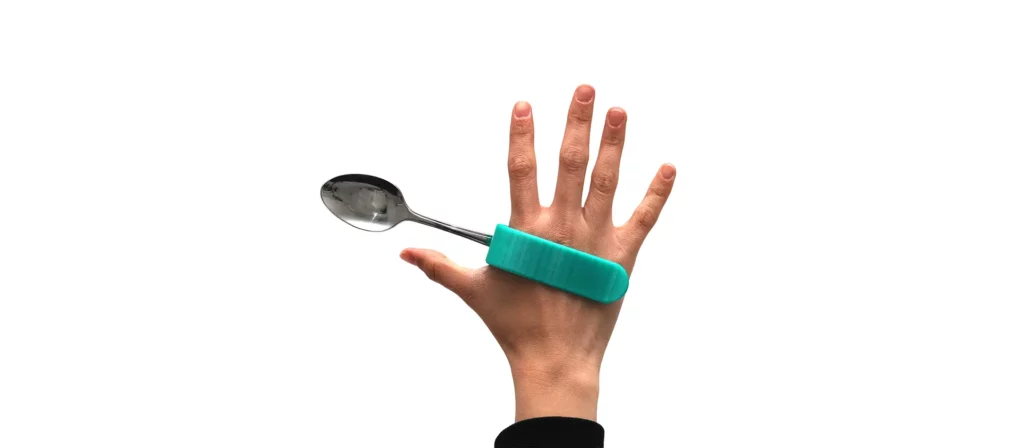
3. Utensil Support
Something as easy as holding a utensil or maybe a mug can be tiring or downright impossible for people with certain conditions. A utensil support might be crucial for disabled people if they want to be able to eat comfortably on their own. With the help of 3D printers, it is possible to design, customize, and print support structures that help people hold their utensils.
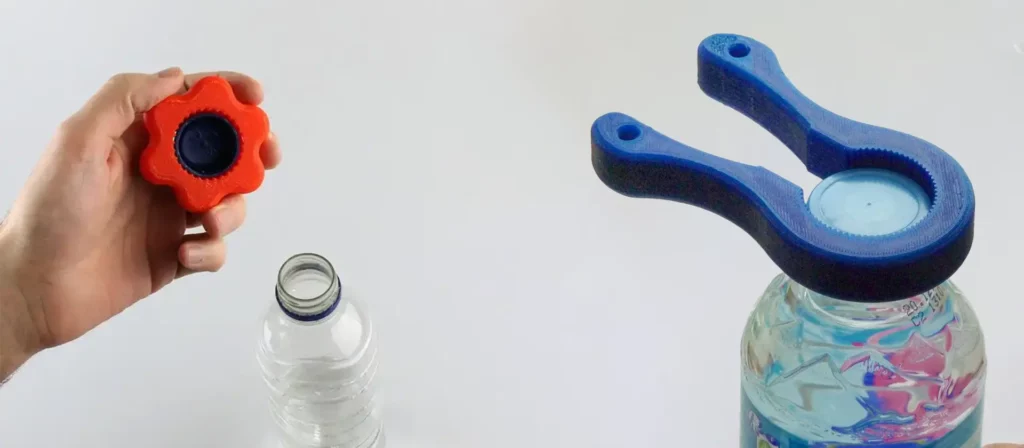
4. Bottle Opener
As we have mentioned in the can opener idea entry, due to a number of reasons, some people either don’t have the full function of their hands or might not have the strength to hold and twist the caps on our plastic water bottles. The cap is admittedly very small and hard to grip effectively without using the full strength of your fingers. A bottle cap opener can fit over the water bottle cap and widen the area you need to hold on to. Generating enough power to open the bottle is much easier this way.
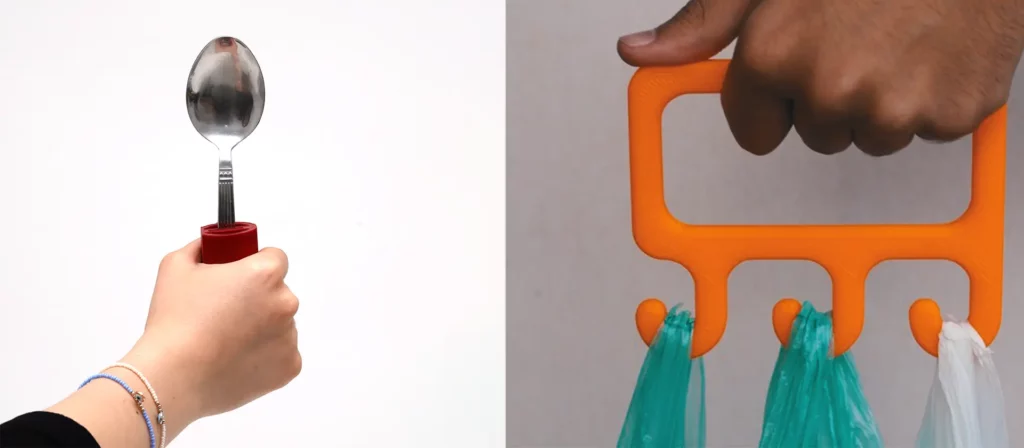
5. Customized Utensils
Utensils we use in our daily lives are designed and manufactured with able-bodied people in mind. Holding and using these utensils is impossible for people with dyspraxia or other conditions. Depending on the individuals and the severity of their handicaps, they might require more help holding or using these utensils to eat and drink. Customized utensils that are designed and printed based on the person’s needs can improve dining conditions and increase the quality of life for disabled people.
Final Thoughts
3D printing already helps people with disabilities in a number of ways. We are still figuring out the potential uses of additive manufacturing and in time, the way we use it will become much more creative and effective. AM mixed with other manufacturing methods and technologies will eventually make prosthetics and accessories more useful, effective, and considered more affordable. It’s only a matter of time before we have enough experience, resources, and interest to use 3D printing more successfully to help disabled people. But until then, the things we have mentioned in this post are a good start.
